Researchers calculate the automation risk of almost 1000 existing occupations and provide alternatives based on skill set.
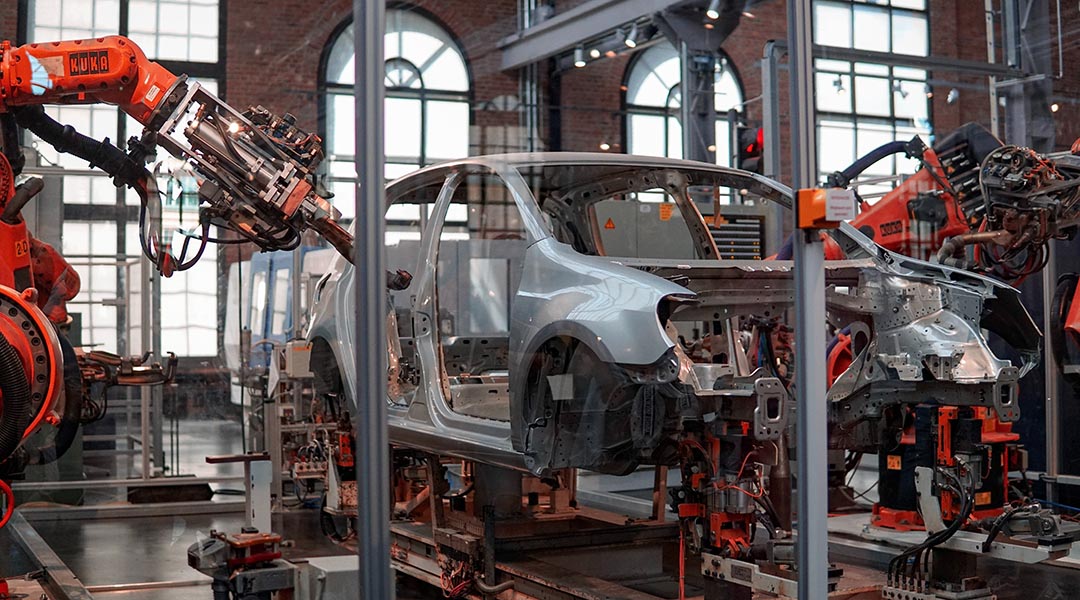

Researchers calculate the automation risk of almost 1000 existing occupations and provide alternatives based on skill set.

A new approach to in-memory computing proposes a new set up to create an artificial synapse that can both store and process data.

This year’s World Water Day theme is groundwater, and here’s what some scientists have found recently about this precious resource.
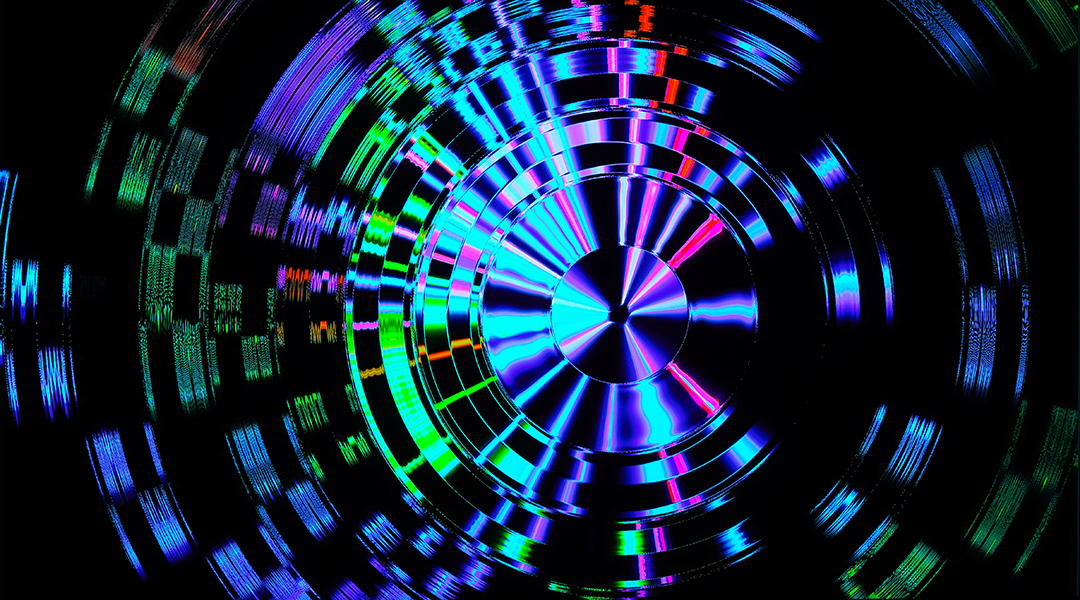
A set of quantum computers was put to the test by playing the notorious triangle game.
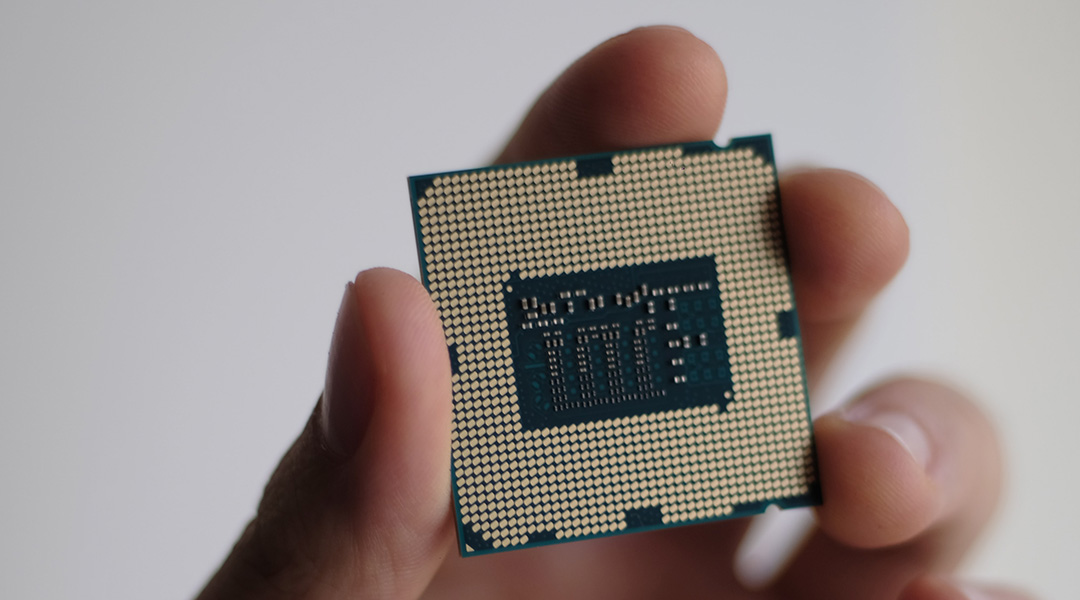
Using tiny batteries, researchers hope to power ever-smaller computers and advance the Internet of Things and ubiquitous computing.
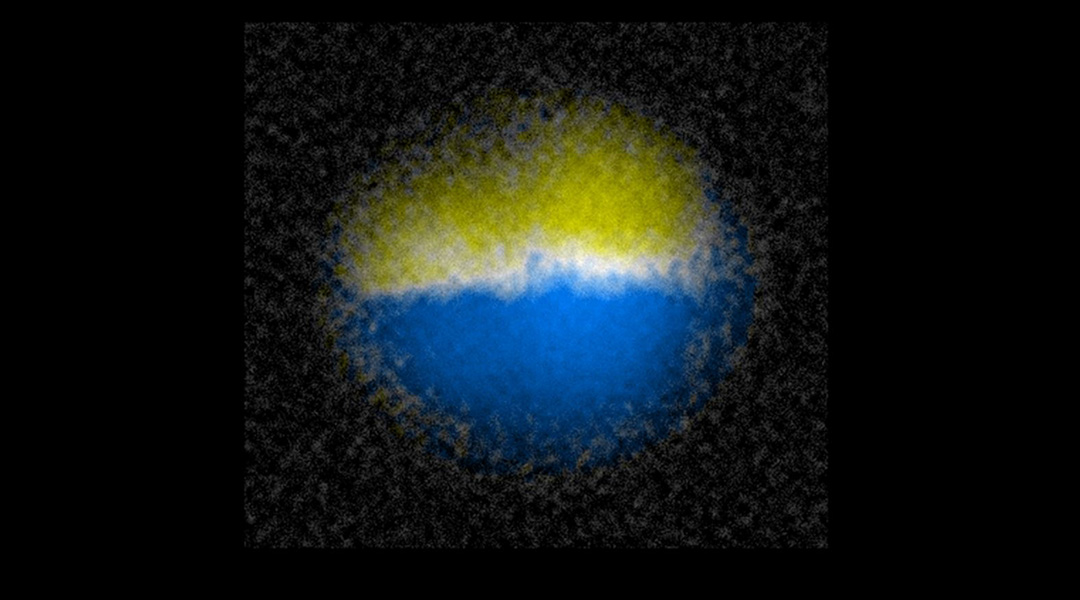
Researchers have discovered how to create and manipulate a quantum object called a “domain wall”, which exhibits particle-like properties.

To understand the progression of diseases, such as angiogenesis, researchers have turned to computers to model complex biological processes.
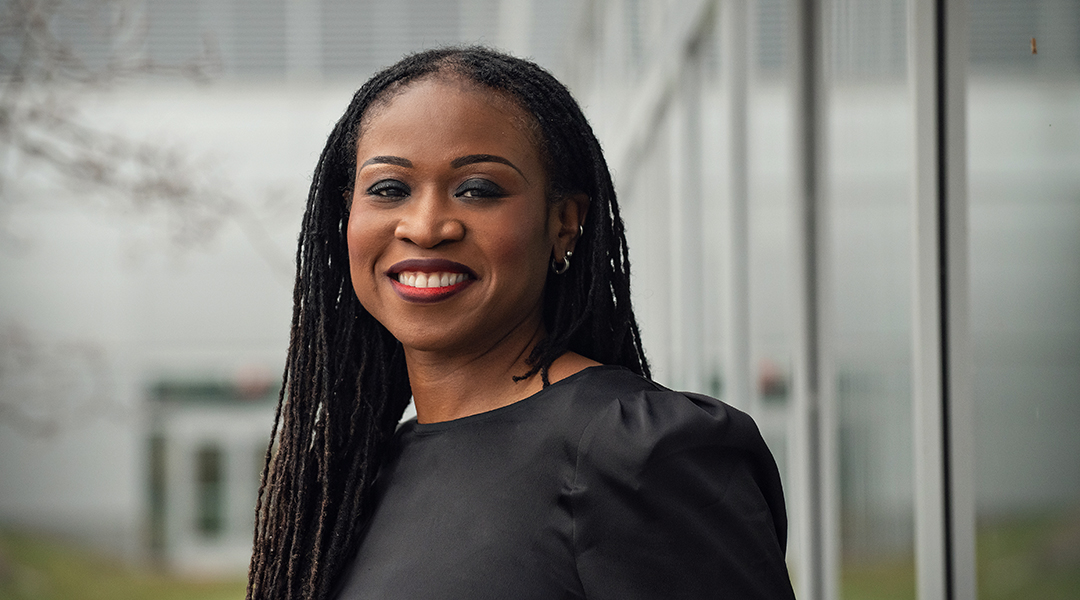
Chemical engineer and STEM advocate Lola Eniola-Adefeso deciphers components of the blood and designs therapeutic particles to help treat disease.

Shrouded in the language of computers, the key is to figure out how to work with, and not blindly rely on, AI.
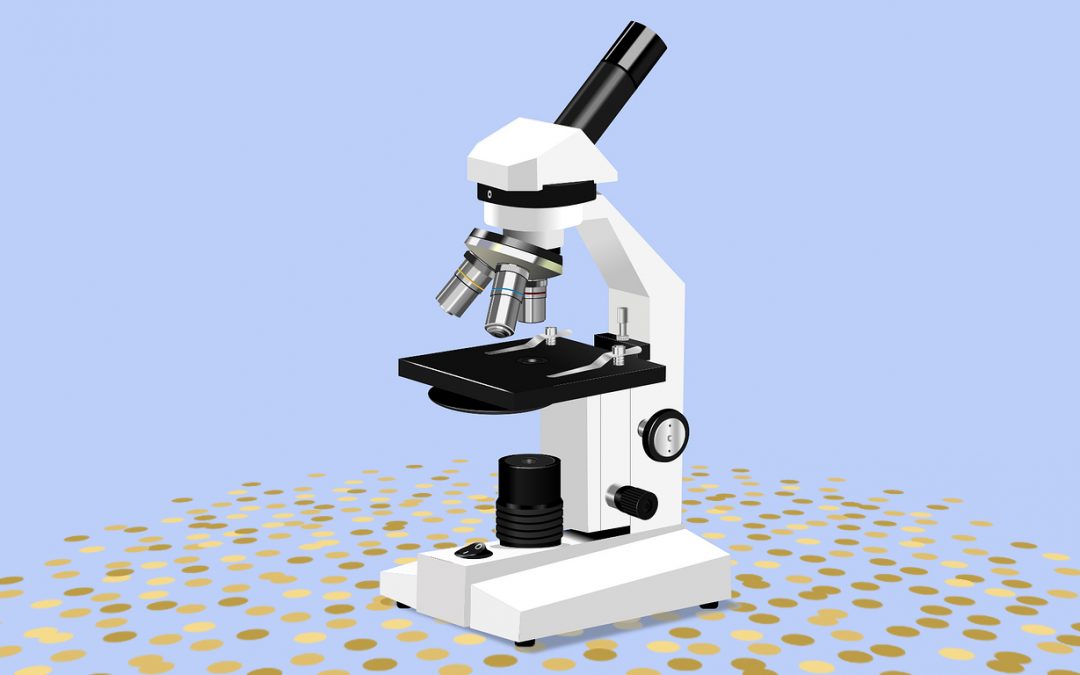
Catch up on some of the most exciting and impactful developments in science from this year, published on ASN and selected by our editors.